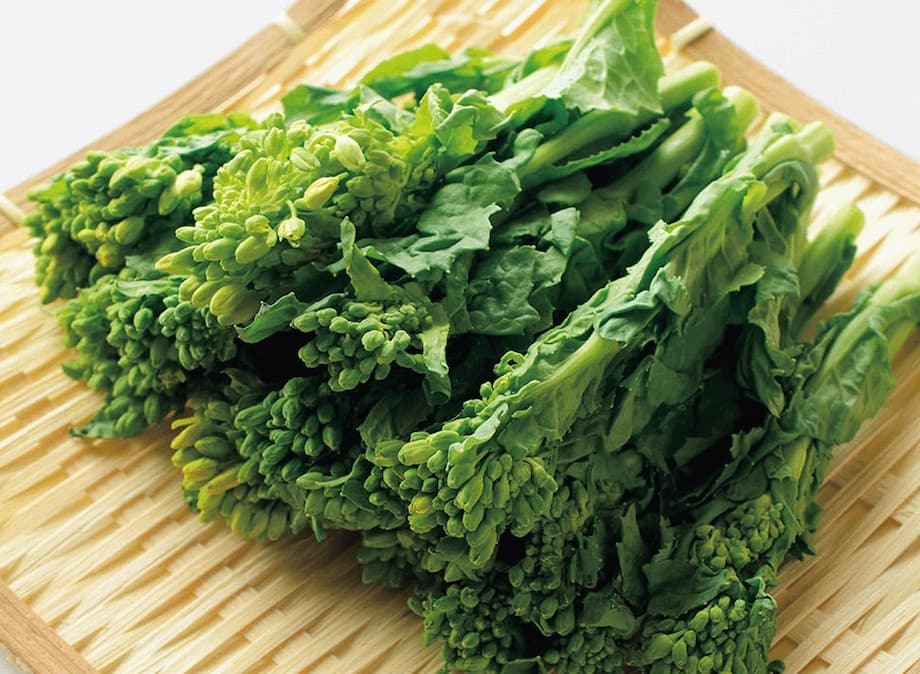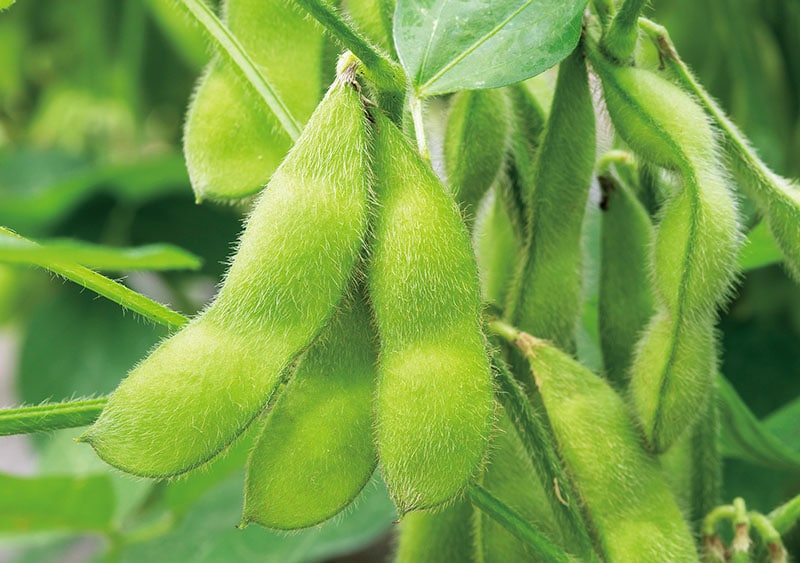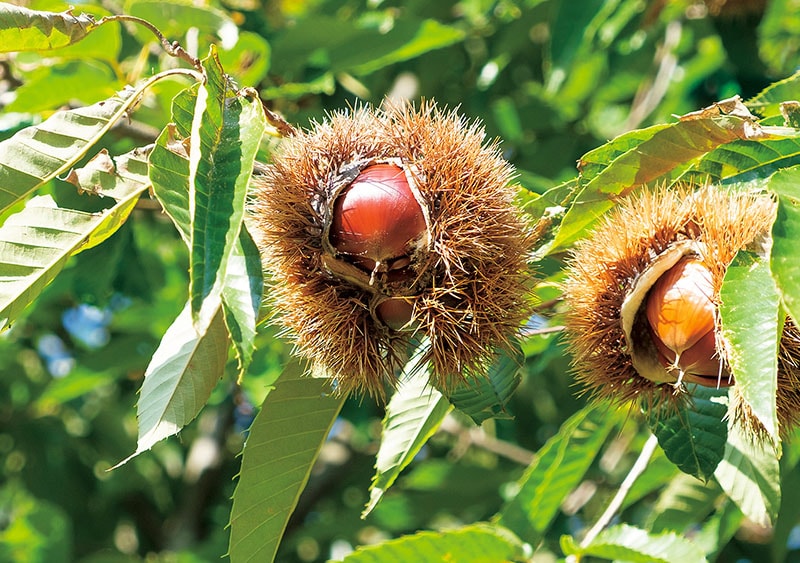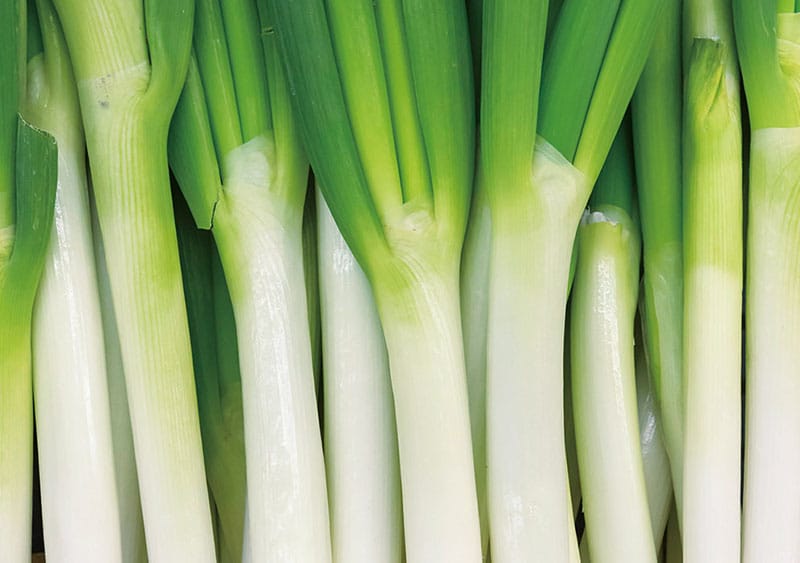
Negi Japanese long onion was likely introduced to Japan in the eighth century. In season from winter to spring, Japan’s over five hundred varieties of negi are broadly classified into two groups: those with a long white part known as shiro (white)-negi or naga (long)-negi; and those with longer green leaves, called ao (green)-negi or ha (leaf)-negi.
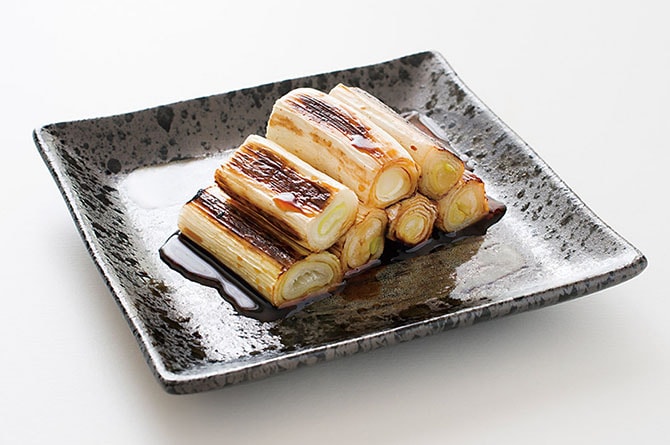
All negi can be served either raw or cooked: the long white parts of shiro-negi and whole ao-negi are often chopped and used raw as condiments or garnish, adding flavor to countless dishes, including tofu, noodles, fish and meat. The distinctive pungent aroma and sharp taste of negi are attributed to the compound allyl sulfide, an anticoagulant and antioxidant, which is particularly concentrated in the white part of the onion. When cooked, this sharp taste becomes sweeter and milder, and negi is an essential ingredient in favorites like nabe hot pot and negima yakitori—or even simply grilled. The green leaves are rich in healthy vitamin C and beta carotene, and are often used to mask unpleasant odors when simmering fish and parboiling meat. Versatile and beneficial, the indispensable negi adds both visual and taste accents to Japanese dishes.

